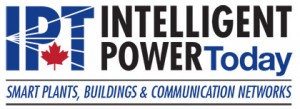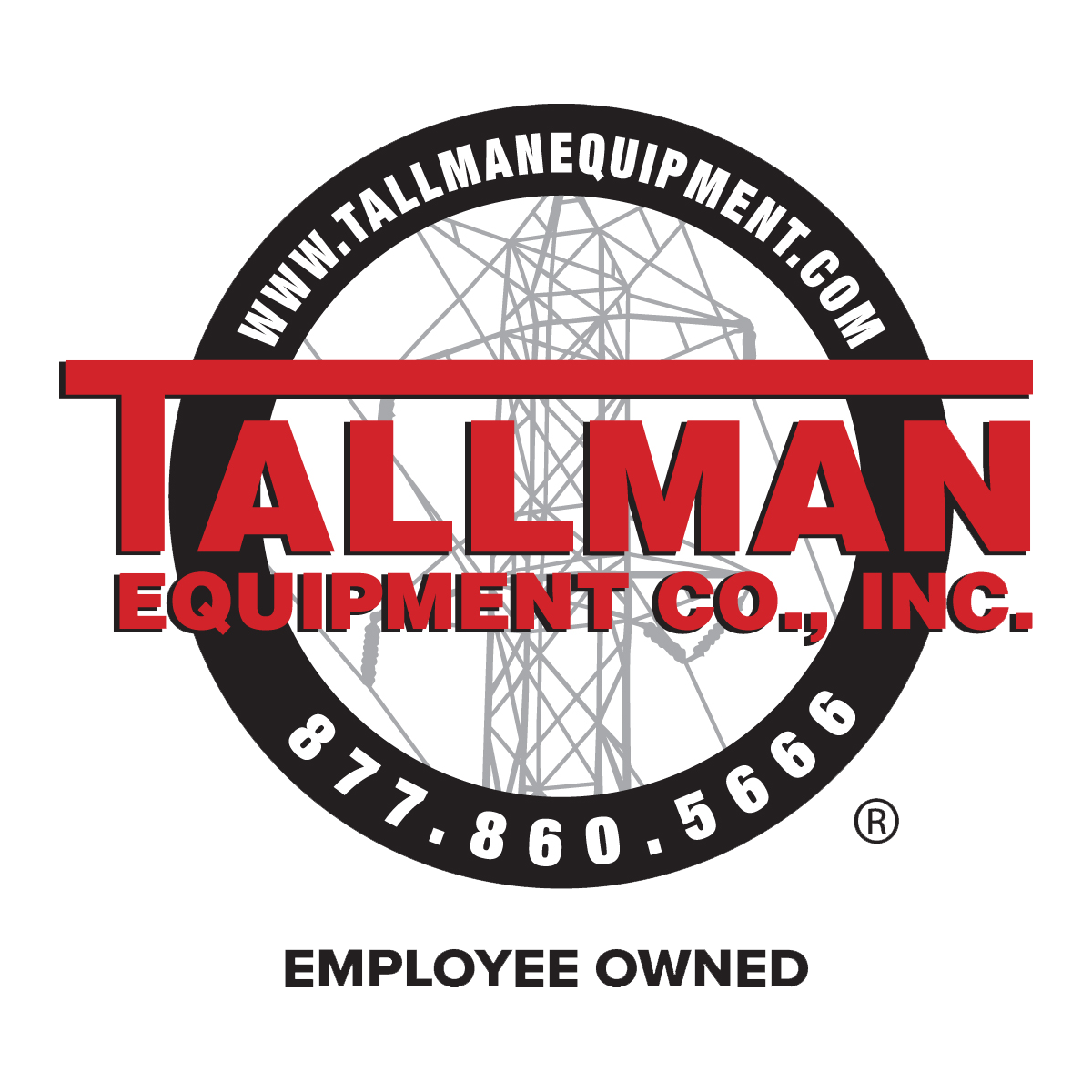Building automation holds the promise of enhanced security and streamlined operations through centralized management and intelligent coordination across various systems. However, many buildings face a significant hurdle: legacy security infrastructure. Often, essential systems like access control, video surveillance, and fire alarms were designed and deployed in isolation. This lack of initial integration creates barriers to achieving the unified view and automated responses possible within a fully integrated building automation system (BAS). This article analyzes the interoperability challenge, offers strategies to address it, and stresses the importance of prioritizing open standards and interoperability when choosing security solution vendors.
The Roots of the Interoperability Problem
The difficulty in integrating building security systems stems largely from their historically fragmented nature. Many legacy systems were designed using proprietary communication protocols specific to a single vendor. This makes it difficult, if not impossible, for these systems to exchange information with other solutions or the...










